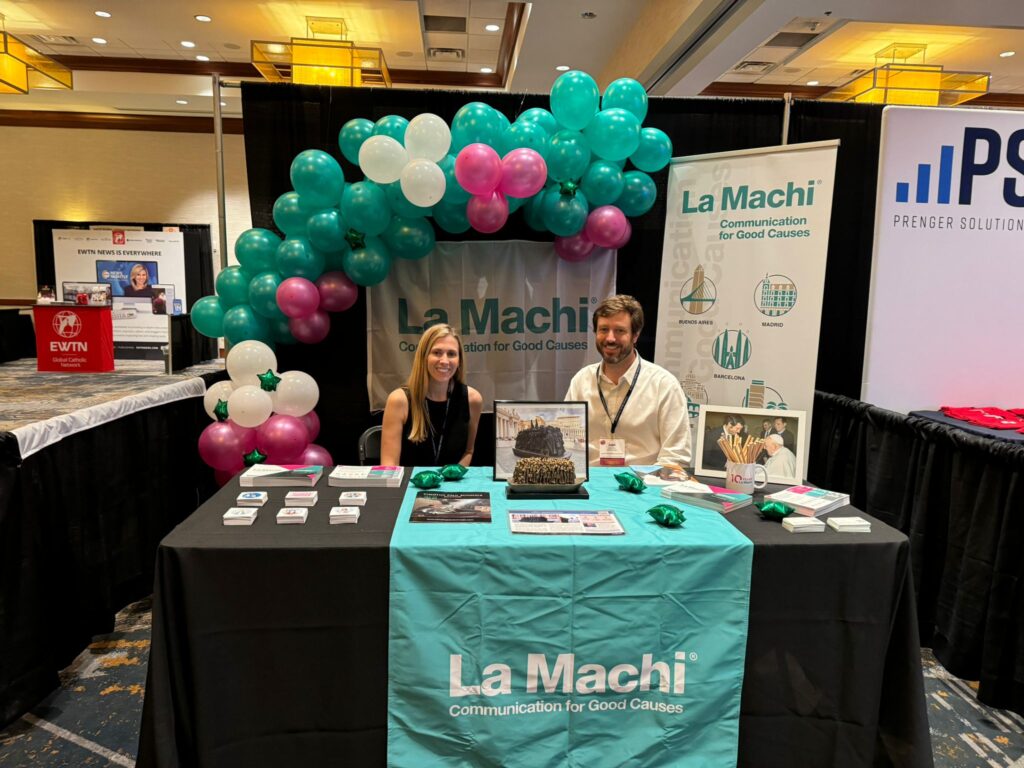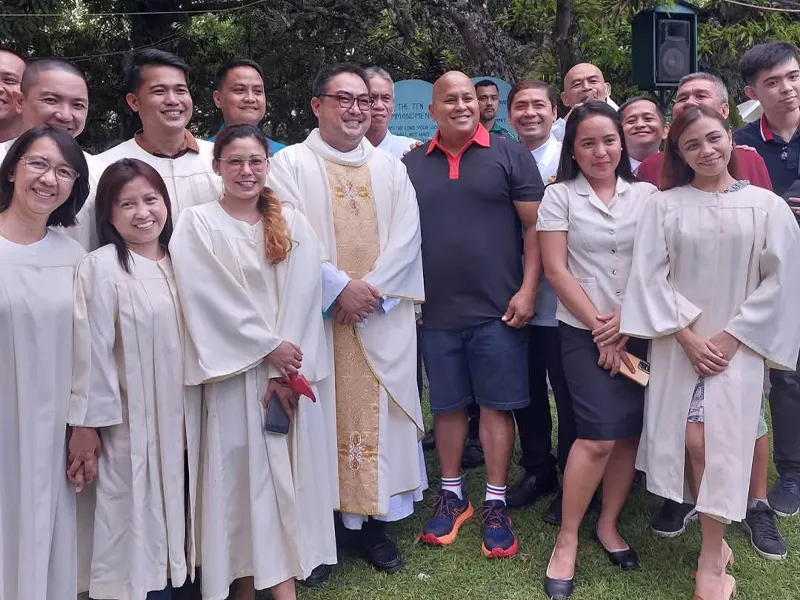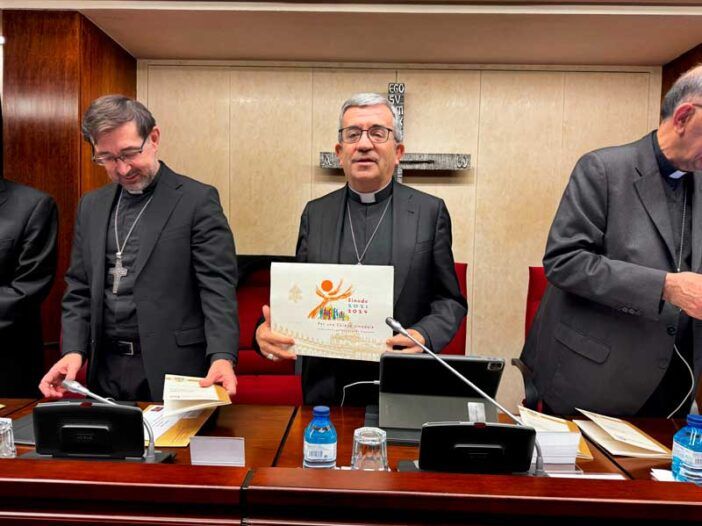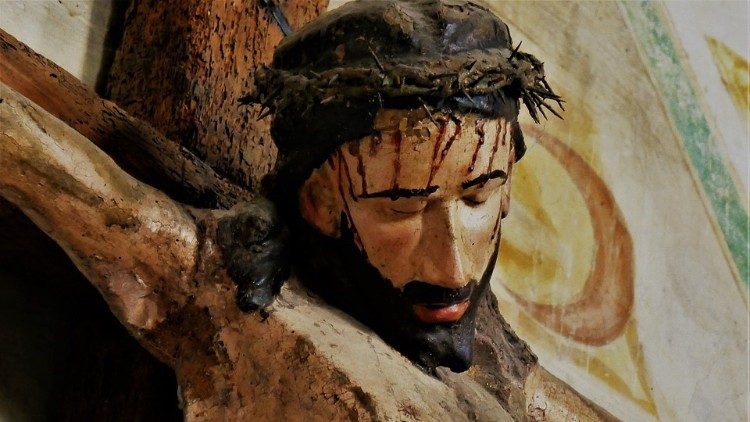Catholic Media Conference, a beacon for those who share the mission of spreading the Gospel
The Catholic Media Conference (CMC) concluded its activities with approximately 350 attendees and 24 exhibitors who stopped by the Marriott Buckhead & Conference Center in Atlanta to share ideas, establish new relationships, foster collaboration and share best practices in the field of Catholic communication. Organized by the Catholic Media Association, the conference – which brought […]

The Catholic Media Conference (CMC) concluded its activities with approximately 350 attendees and 24 exhibitors who stopped by the Marriott Buckhead & Conference Center in Atlanta to share ideas, establish new relationships, foster collaboration and share best practices in the field of Catholic communication.
Organized by the Catholic Media Association, the conference – which brought together the main leaders of the Catholic communication industry in June – was also a unique opportunity to catch up on trends in the sector and learn from experts in communication of the Catholic faith.
For four days, the conversation revolved around how clear and effective communication can strengthen faith and community. As well as, there was much debate about the role of technology in the modernization of Catholic communication and how solutions based on artificial intelligence can build on this purpose. In this regard, the prefect of the Dicastery for Communication, Dr. Paolo Ruffini, took up some ideas from Pope Francis’ message for the 58th World Day of Social Communications and reflected: “The use of artificial intelligence can contribute positively in the field of communication if it does not nullify the role of journalism on the ground, but, on the contrary, supports it.”
Making the Catholic faith viral
New technologies are a great tool to bring the Church’s message to the whole world. In this sense, the contribution of Alessandro DiSanto, co-founder of Hallow, made sense as he is one of the creators of the successful Catholic app for prayer and meditation.
If it comes to reaching the largest number of Catholics, Hallow’s strategy was unbeatable: in February of this year, it launched an ad at the Superbowl – one of the largest advertising stages in the world. The ad, starring actor Mark Wahlberg, encouraged viewers to join Hallow in prayer, achieving the largest increase in downloads in its history.
But Mark is not the only Wahlberg who is actively working to spread the Catholic faith. His brother, Jim Wahlberg, offered an extraordinary testimony of conversion, resilience and personal improvement at the Conference that moved the entire audience to tears. He did so by presenting “Jesus Thirsts: The Miracle of the Eucharist,” a film that he himself produced and that Tim Moriarty directed. Jim Wahlberg’s encounter with Mother Teresa of Calcutta during his years in prison led him to encounter Jesus. And it was this new and overflowing faith that inspired the story of this film that we had the opportunity to see at the CMC.
We all need someone to introduce us to that Jesus who renews our faith. For this reason, the mission is a central aspect in the life of the Church and, in this regard, the work of The Pontifical Mission Societies, who participated as a sponsor in the Conference, is noteworthy. Inés San Martín, VP of Marketing and Communications at TPMS, took the opportunity to thank her colleagues in the Catholic media because thanks to their work of dissemination “The Pontifical Mission Societies and World Mission Sunday can raise enough money, but above all enough prayers.”
The Hispanic experience
One of the novelties of the 20th CMC was that, for the first time, a panel was organized dedicated to the need to improve, increase and make effective the reach of the media to the Hispanic community. There, the founder of Juan Diego Network, the Mexican José Manuel de Urquidi, shared his experience in serving the Hispanic Catholic community and discussed the importance of knowing and understanding who we are speaking to. Heading the panel “Communicating the Good News,” this young man – who was one of the 70 lay members with voting rights at the Synod – said: “We must know our audience well, because within the Latino community there are differences, and it is important to know what each one is like in order to establish an effective connection with our public.”
Given a constantly expanding media landscape in which the preferences of the Catholic audience – especially the Spanish-speaking one – are fundamental, Urquidi’s analysis does not go unnoticed. It is estimated that there are almost 66.5 million Catholics in the United States, of which 47 percent are Hispanic. In that sense, it is to this public that we must pay attention, since there is a solid foundation of faith on which the Gospel can be built.
A face-to-face meeting
When we founded La Machi 12 years ago, we did so because we wanted to help the Church communicate better. We were pioneers in providing this service not only to the Pope and other Vatican institutions, but we also do it for congregations, parishes and NGOs dedicated to Catholic affairs.
We have come a long way. And today, when La Machi has just started its operations in the United States, it is a great pride to have participated as an exhibitor and to have our own stand at the CMC, the event where the leaders of the industry were present.
In a world where it seems that communications have been reduced to a quick and fleeting digital contact, the face-to-face meeting was essential to discuss the challenges of Catholic communication.
For 20 years, the CMC has become an indispensable meeting for those of us who seek to perfect our skills, stay up to date on industry trends and learn from experts in communication of the Catholic faith. Without a doubt, the Conference is a beacon for those of us who share the mission of spreading the Gospel.
As our beloved Pope Francis said in his message for the 55th World Day of Social Communications, the challenge that awaits us is to “communicate by meeting people where they are and as they are.”
Juan Della Torre – CEO & Founder of La Machi, Communication for Good Causes
Related

“The priest finds his reason for being in the Eucharist”
Fundación CARF
01 April, 2025
5 min

Family Valued: An international appeal for the family
Exaudi Staff
01 April, 2025
2 min

Bishop Luis Argüello Addresses the Challenges of the Church in Spain
Exaudi Staff
01 April, 2025
2 min

THE WAY OF THE CROSS: Accompanying Jesus on the way to the Cross
Luis Herrera Campo
31 March, 2025
5 min
 (EN)
(EN)
 (ES)
(ES)
 (IT)
(IT)

